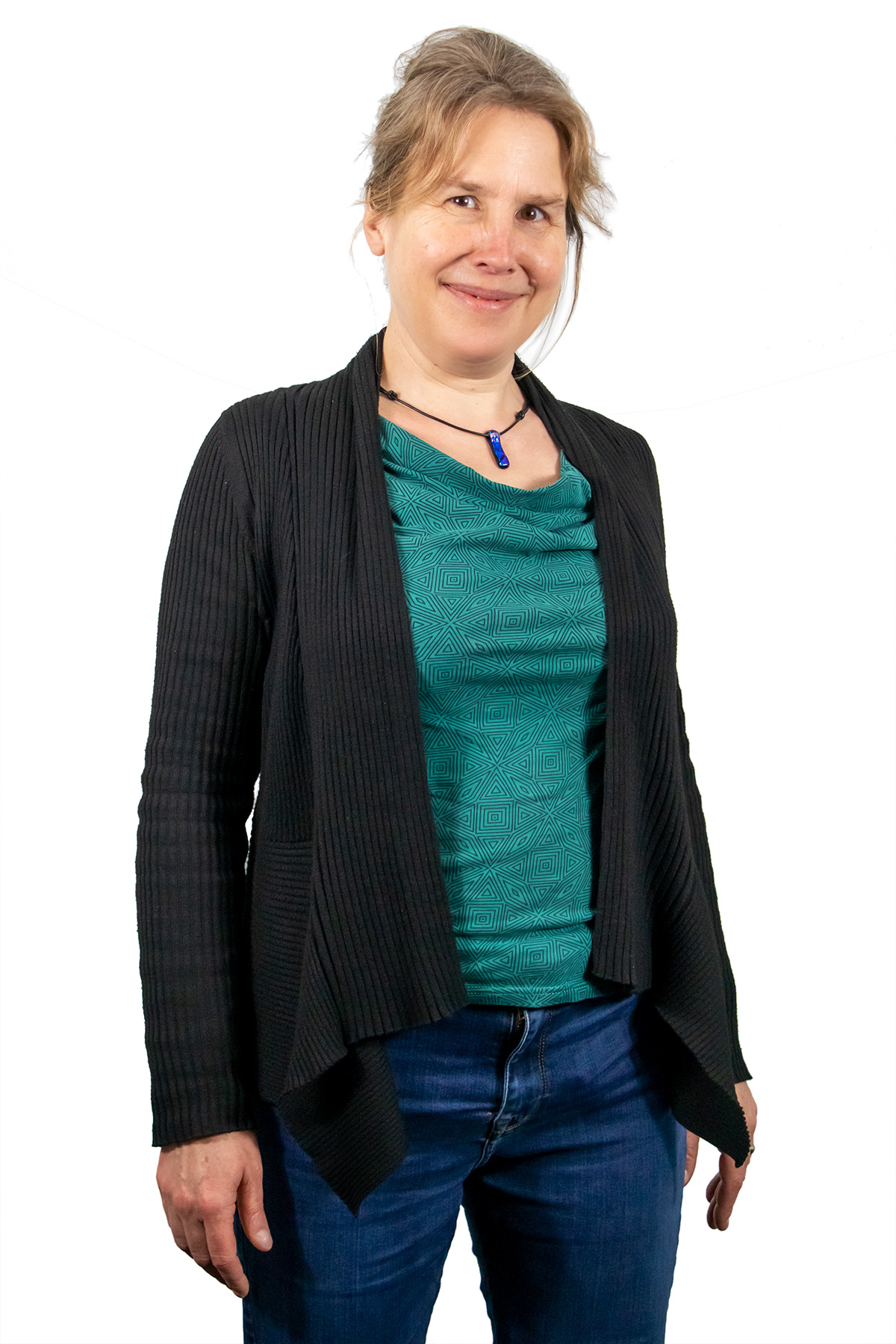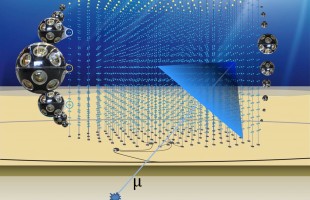Over the past two weeks, 18 new detection units for the KM3NeT neutrino detector have been installed on the seabed off the coast of Sicily and connected to the data networks on land.
The so-called ARCA detector at the Italian site of the project now has 51 vertical lines, each 700 meters long at a depth of 3500 meters, with eighteen detector spheres each. KM3NeT announced this on Monday. Nikhef is a partner in KM3NeT and designed and builds a significant part of the hardware.

Capturing light
Sensors in the detector spheres can capture light from particles released when neutrinos collide with atoms in the dark seawater. The signals from the different lines can be used to reconstruct the tracks of the neutrinos. KM3NeT observes approximately one cubic kilometer of water, hence its name.
The new lines for ARCA were placed on the seabed from Malta in two rounds using a floating crane, at a depth of approximately 3,500 meters. An unmanned submarine, controlled from the ship ‘Optimus Prime’, was also used extensively for this purpose.
Beacons
During the operation, three acoustic beacons were also placed on the seabed, allowing the position and orientation of ARCA to be monitored much more precisely.
In a press release, KM3NeT calls the expansion a great success and a record due to the amount of work involved and the efficiency of the installations.
Years of work
Work on KM3NeT will continue for years to come. Ultimately, ARCA will comprise 230 lines and ORCA 115. However, the detector is already in use. In February of this year, the experiment reported the observation of the most energetic neutrino impact ever, measured with only a few lines in ARCA.

